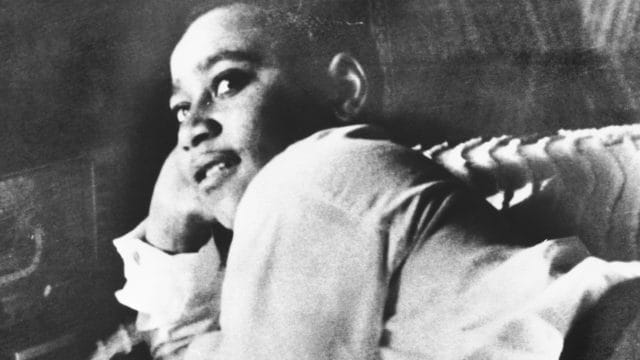
Crime is a popular subject for movies, perhaps because it lets us examine some of the worst aspects of human nature at a safe distance. Whatever the exact reason, there is no shortage of crimes that could provide material for fascinating scenes on the movie screen.
Here are 5 lesser known real crimes that would make great movies:
The Burning of the Temple of Artemis
In classical times, the Temple of Artemis at Ephesus was considered to be one of the Seven Wonders of the Ancient World along with other famous sites such as the Colossus of Rhodes and the Great Pyramid of Giza. However, it was set ablaze in 356 BC by a man named Herostratus, who wanted to immortalize his name. As a result, the Ephesian authorities didn’t just execute him but also forbade further mention of his name upon pain of execution. It is interesting to note that Alexander the Great was supposed to have been born on the same day as the arson, which prompted a famous historian to comment that Artemis had been too occupied with his birth to save her own temple.
The Misgovernment of Sicily
Late Republic Rome was infamous for misgovernment out in the provinces, which was caused by a lack of checks on its governors as well as the costs of climbing the Roman political ladder. However, there are few cases that can compare to that of Gaius Verres, who was said to have been such a horror that the island of Sicily suffered worse from him than from the ravages of either the First Punic War or the First and Second Servile Wars. In brief, Verres robbed temples, plundered private households, levied ruinous taxes, ignored the rights of Roman citizens, and outright coerced bribes by accusing people of concealing fictitious slaves fomenting rebellion. Verres was so bad that when he was brought to trial by Cicero, his defense recommended for him to head into exile instead of battling it out in the court after no more than a single speech.
The Tour de Nesle Affair
In 1314, the French royal court became the site of scandal when the daughter of the King of France accused all three of her sisters-in-law of having committed adultery, which was a capital crime in medieval times because of the implications for dynastic succession. Regardless, her accusations prompted further investigation, which revealed that two of the accused had indeed had affairs with two knights at the guard tower called the Tour de Nesle while the third, Joan II, Countess of Burgundy, was supposed to have known about their affairs. As a result, all three of the accused were placed under arrest, which had profound consequences for the French royal family. It is interesting to note that Joan’s husband stood by her, which could well have been because their marriage turned out to be a love match. Something that is supported by the love letters that have been preserved as well as how Joan fell into a lifelong depression after her husband’s death.
The Raft of the Meduse
People who are familiar with French Romanticism might be familiar with a Gericault painting called Raft of the Meduse, which referred to one of the most infamous shipwrecks in history. In brief, the Meduse was a French frigate captained by an incompetent appointed for political reasons rather than pure merit, which resulted in it striking one of the sand banks in the Bay of Arguin. As a result, 400 people had to be evacuated in lifeboats as well as a raft that was supposed to have been pulled by the lifeboats but was cut because of bad weather conditions. What resulted was a succession of horrors as the 151 people on the raft fought for space close to the center to avoid being swept into the sea by the waves, suffered for want of food and water, and had to commit cannibalism to survive, with the result that no more than 15 people survived to be rescued by a passing ship. Unfortunately, the captain was never punished for his choice to cut the raft, having been handed a sentence of no more than three years for his poor navigation.
The Murder of Emmett Till
The murder of Emmett Till was one of the incidents that provided momentum to the Civil Rights Movement. After all, two white men had gotten away with abducting and murdering a 14-year-old black teenager through the assistance of the local sheriff, who had helped their defense choose the jurors, testified that the corpse that had been recovered from the river where it had been found could not have been that of Emmett Till, and even imprisoned two of the black men who had assisted the accused under false names so that they could not appear as witnesses. Little wonder that Rosa Parks mentioned Emmett Till when she commented on her refusal to move to the back of the bus.
 Follow Us
Follow Us




